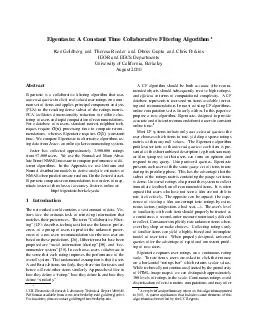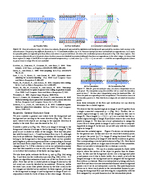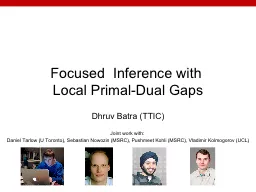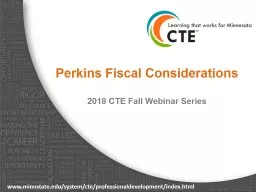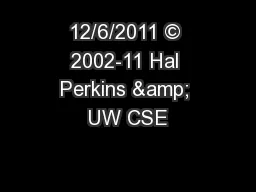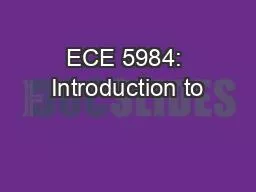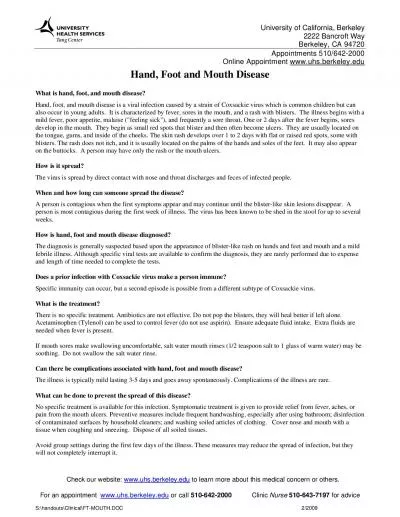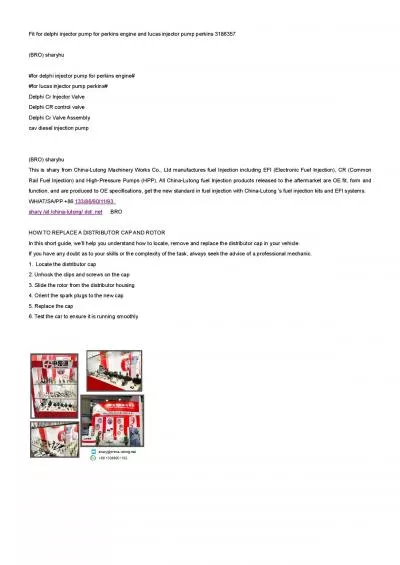PDF-Eigentaste A Constant Time Collaborative Filtering Algorithm Ken Goldberg and Theresa
Author : tatiana-dople | Published Date : 2015-01-15
PCA facilitates dimensionality reduction for of64258ine clus tering of users and rapid computation of recommendations For a database of users standard nearestneighbor
Presentation Embed Code
Download Presentation
Download Presentation The PPT/PDF document "Eigentaste A Constant Time Collaborative..." is the property of its rightful owner. Permission is granted to download and print the materials on this website for personal, non-commercial use only, and to display it on your personal computer provided you do not modify the materials and that you retain all copyright notices contained in the materials. By downloading content from our website, you accept the terms of this agreement.
Eigentaste A Constant Time Collaborative Filtering Algorithm Ken Goldberg and Theresa: Transcript
Download Rules Of Document
"Eigentaste A Constant Time Collaborative Filtering Algorithm Ken Goldberg and Theresa"The content belongs to its owner. You may download and print it for personal use, without modification, and keep all copyright notices. By downloading, you agree to these terms.
Related Documents

